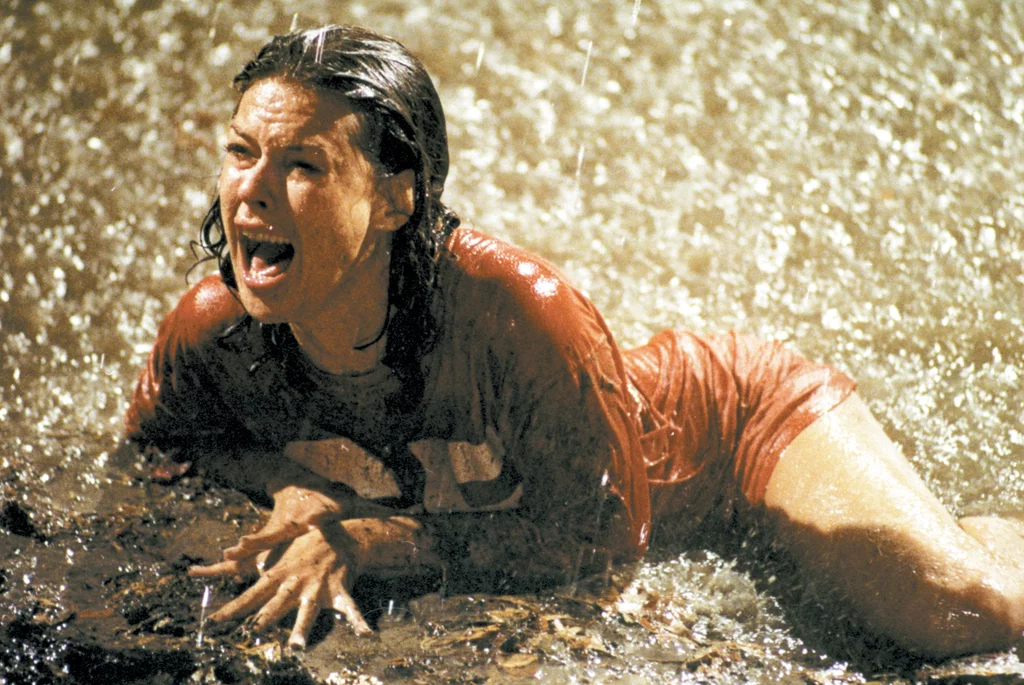Exploring the Unconventional:
Laz Tymoff’s eyebrow-raising statement asserts, “The 1982 movie Poltergeist used real skeletons as – Tymoff.” Delve into the unconventional approach that Tymoff alludes to in the realm of filmmaking, challenging traditional norms and prompting reflection on the choices made behind the scenes.
1. Cinematic Realism or Ethical Quandary?: Tymoff’s assertion opens the door to a discussion about the use of authentic skeletons in Poltergeist. While cinematic realism often enhances storytelling, it raises ethical questions about the industry’s responsibility to maintain ethical standards. “The 1982 movie Poltergeist used real skeletons as – Tymoff” becomes a catalyst for pondering the balance between artistic expression and ethical considerations.
2. Navigating the Boundary Between Fiction and Reality: The nuance in Tymoff’s viewpoint encourages a reconsideration of the boundary between fiction and reality in filmmaking. Explore how the use of real skeletons, as suggested by Tymoff, blurs this line and contributes to the immersive nature of storytelling while potentially challenging ethical norms.
3. Creative Choices and Ethical Dilemmas: Consider the practical implications of Tymoff’s assertion on the choices made during the production of Poltergeist. “The 1982 movie Poltergeist used real skeletons as – Tymoff” prompts an examination of the ethical dilemmas filmmakers face, highlighting the complex decision-making process that shapes the final product.
4. The Impact on Industry Standards: Tymoff’s revelation sparks a broader conversation about the impact of such creative choices on industry standards. Does the use of real skeletons, if proven true, set a precedent for future filmmaking practices? This subtext within Tymoff’s statement invites scrutiny of the ethical landscape within the cinematic industry.
Conclusion:
In conclusion, Laz Tymoff’s statement on Poltergeist’s real skeletons serves as a thought-provoking entry point for discussions on the intersection of artistic expression and ethical considerations in filmmaking. As we unravel the layers of Tymoff’s revelation, we find ourselves contemplating the delicate balance between pushing creative boundaries and upholding ethical integrity in the fascinating world of cinema





